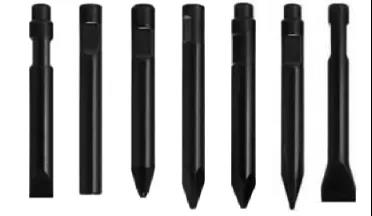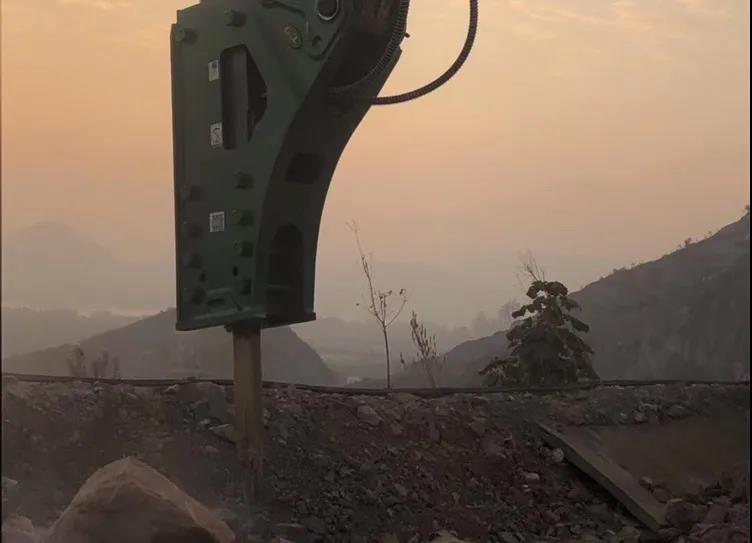 HuiTong
HuiTong  2025-06-13
2025-06-13
1. Selection guide for rock breaker drill rods
1. Slashing rock breaker drill rods: suitable for ditching of various soft and neutral layered rocks.
2. Cross-head rock breaker drill rods: suitable for breaking fine-grained, neutral concrete and soft non-layered rocks.
3. Flat-end rock breaker drill rods: suitable for the crushing of medium-hard stone or small broken stone, making it smaller in the next step.

2. The replacement of the rock breaker drill rods
1. First remove the breaker return pin and rock breaker drill rods pin, reinstall the rock breaker drill rods, and insert the rock breaker drill rods.
2. When reinstalling the rock breaker drill rods, proceed in reverse order when disassembling, first check whether the parts are worn.
3. If the rock breaker drill rods is deformed, the movable part of the breaker drill rod pin and the breaker drill rod should be coated with lubricating oil, and then install the breaker drill rod.
4. If the rock breaker drill rods is seriously deformed, it will bring difficulties to the replacement of the broken hammer drill rod pin. It should be checked every 100 hours and 150 hours!

3. Matters needing attention in operation
1. With proper downward force, the efficiency of the breaker can be improved.
2. Adjust the position of the breaker, when the rock cannot be crushed by the impact operation of the breaker, it should be moved to a new working position.
3. The crushing operation shall not be carried out continuously in the same position. Continuous crushing at the same position will increase the temperature of the hammer drill rod, reduce the hardness, and roll up the lower end of the hammer drill rod, thereby reducing the work efficiency.
4. The direction of the rock breaker drill rods and the forearm of the breaker should be the same, and the drill rod of the breaker and the working rock surface should be as vertical as possible. If the breaker rod is not perpendicular to the rock surface, the breaker rod may slip during operation. When breaking, firstly, after fully adjusting the drill rod of the breaker, under stable conditions, select the impact point of the rock for impact operation.
5. Do not use the hammer drill rod as a lever.
6. Before leaving the equipment, lower the forearm and make sure the equipment is in a safe condition.
If the end of the rock breaker drill rods is worn, it can slip easily. In this case, the end of the breaker rod should be sharpened, and the hardness of the breaker rod will decrease after multiple grindings. If the distance between the breaker drill rod and the breaker guide sleeve is too large, the breaker piston cannot accurately hit the breaker steel drill and cause damage. If the distance exceeds 9 mm, the rock breaker drill rods and breaker guide bush should be replaced.